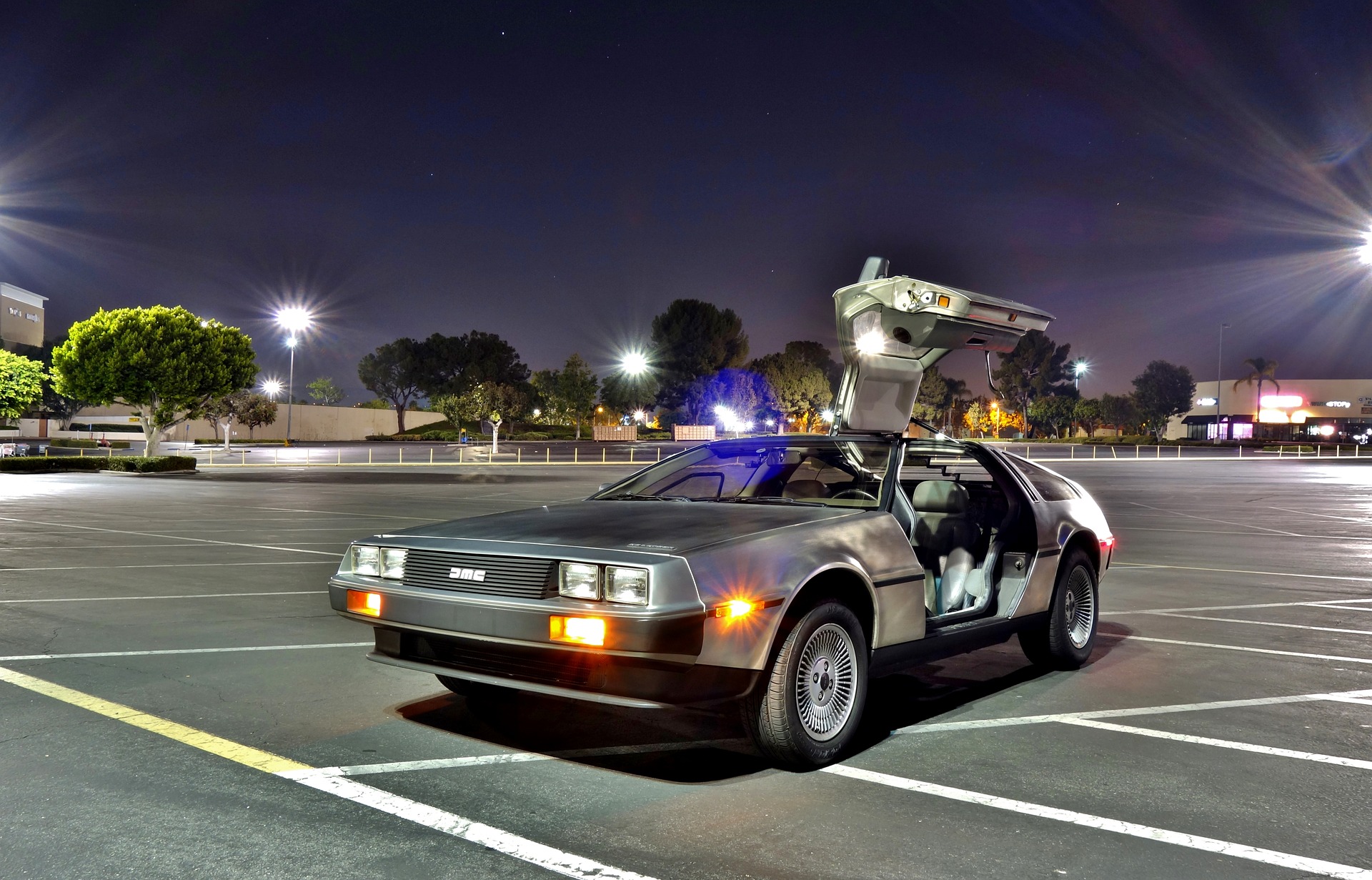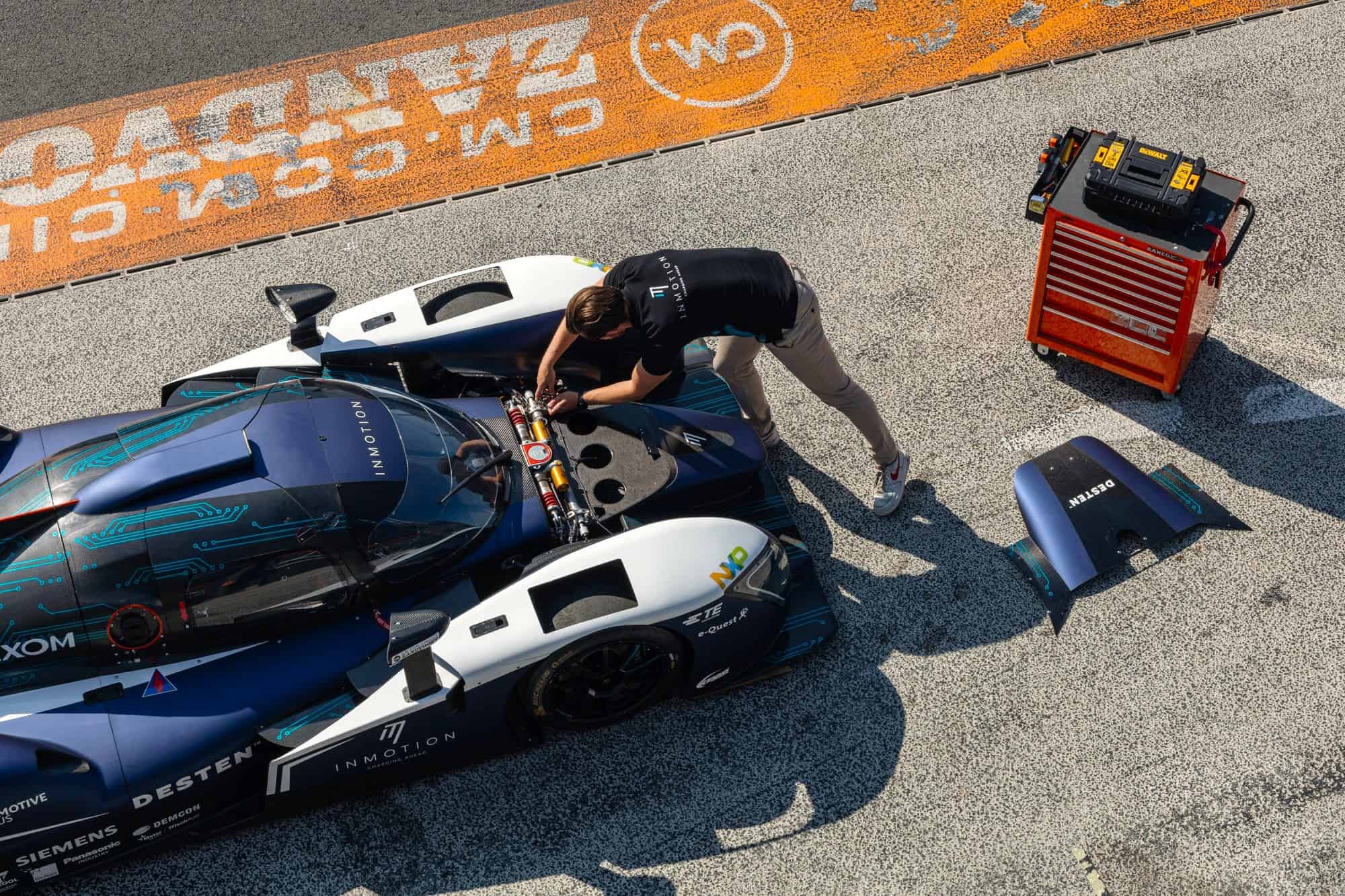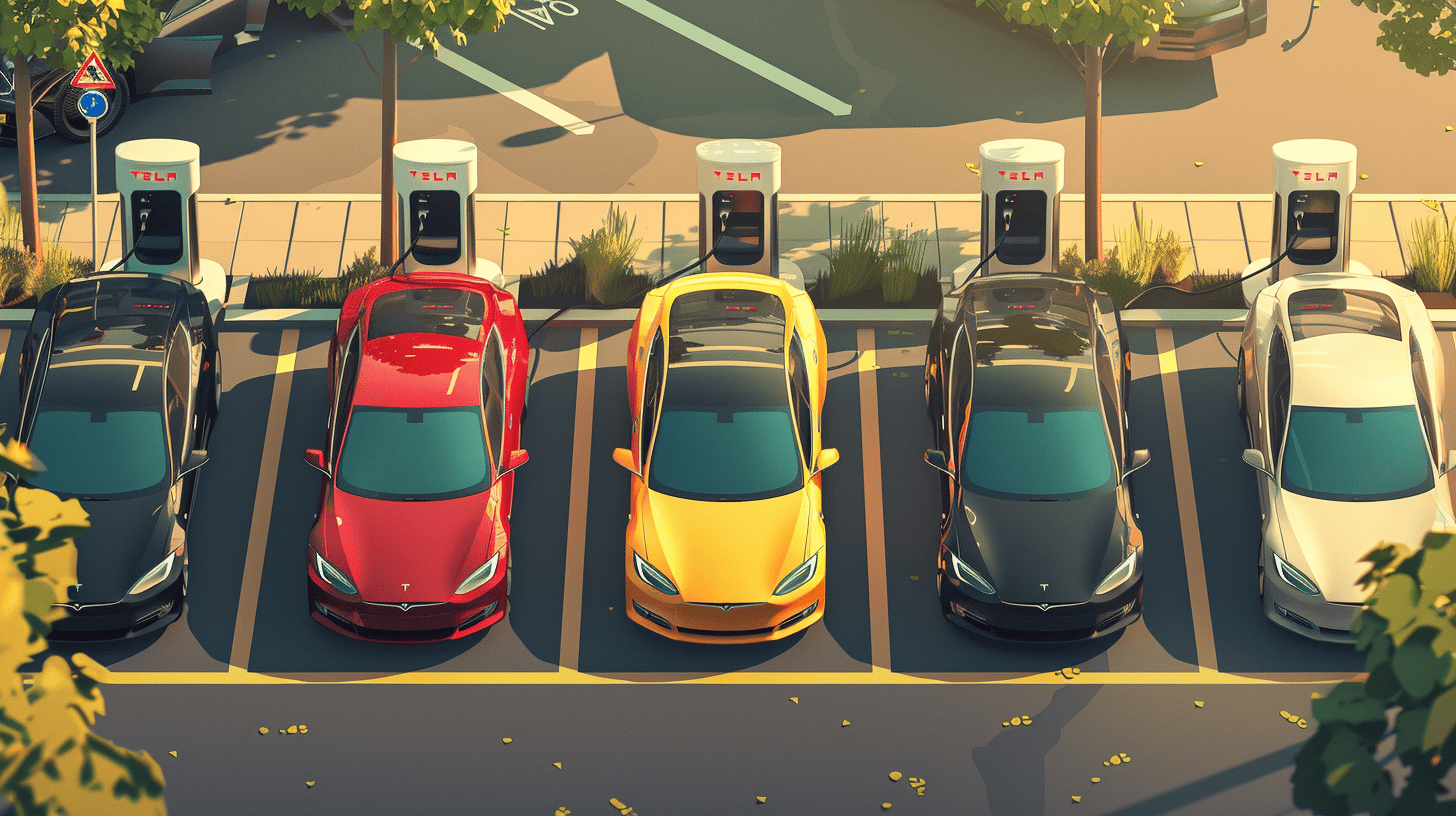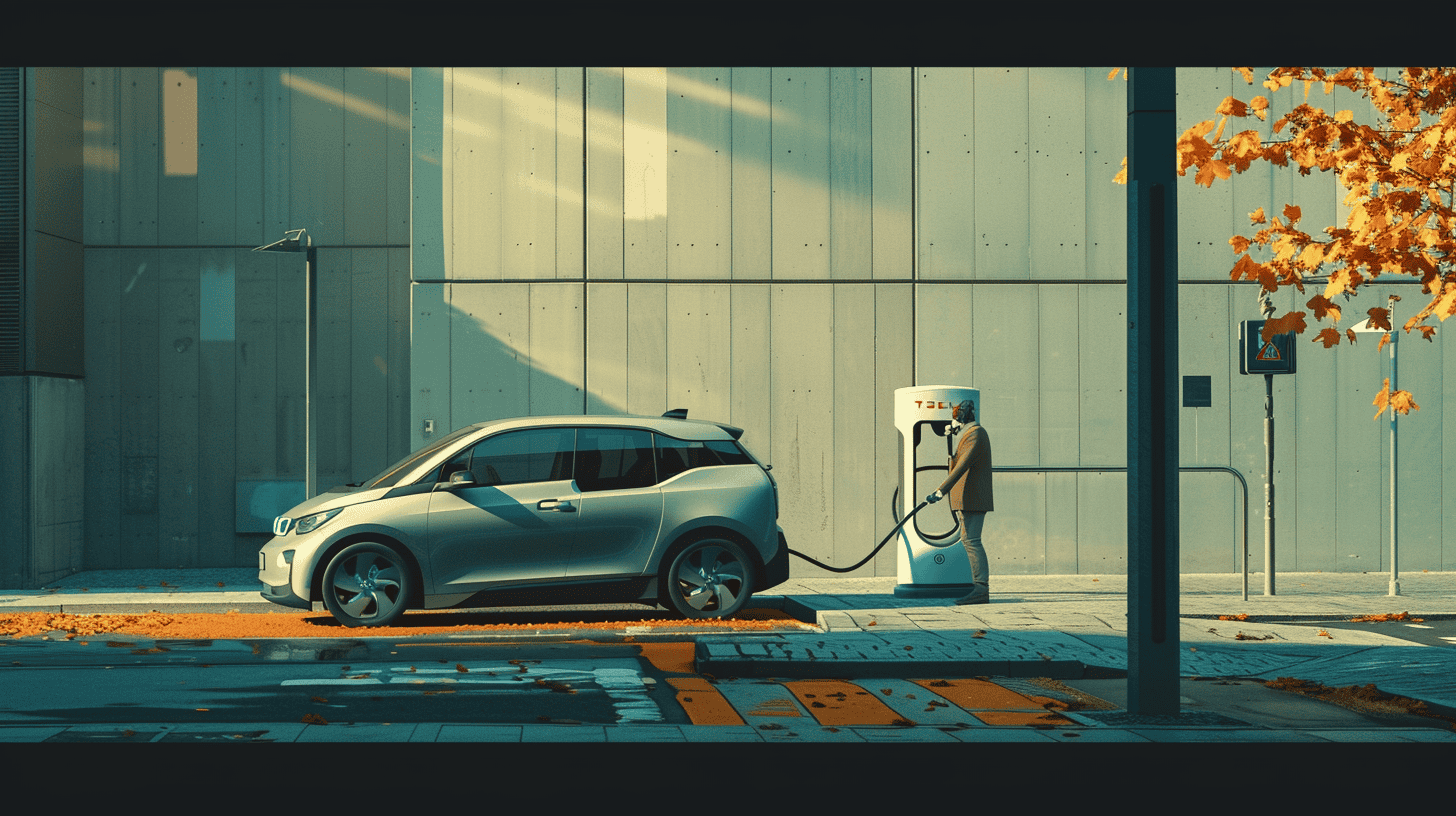
Inner-city traffic is far from optimal. There are a lot of congestion-related costs that cannot be remedied other than by building more infrastructure. But this is not welcome since issues such as air pollution, noise levels, and perceived unsafe conditions will increase further. The streets of our inner cities are too narrow to handle large flows of vehicles. Parked cars clog up the arterial roads even more. It is only by fundamentally overhauling the urban transport situation that these issues can be addressed properly. That’s according to the Dutchman and traffic expert Geurt Hupkes, who wrote about this back in 1970 in his book ‘Transport in de toekomst‘ (Transport in the future).
”On-call minibusses, known as telephone buses, will be part of the solution to this. They will either stop off at private homes or call in at special stops. Furthermore, individual public transport will be available that operates at speeds of 80 to 110 km/h on set lanes without a driver.”
Automated city cars
“Upon boarding, the passenger selects the destination station at the touch of a button and arrives at their destination without having to make any transfer connections. In addition, there will be automated city cars that are available to the general public at a low cost. The ‘driver’ drives themselves in the city, and outside of the city, the car drives fully automatically. The abovementioned systems can be realized in 16 years’ time.”
“In order to be able to cope with the growing volumes of traffic with the existing infrastructure, in Detroit, the Teletrans Corporation has proposed a system in which microcars can drive through an elevated transparent tube. The subscription holder steps into a waiting car at a local Teletrans station which then drives itself fully automatically to the chosen destination. Moving in and out of traffic is done via electronic speed synchronization. 12,000 cars per hour can be handled by automatically maintaining a distance of 3 meters between all vehicles at a speed of 100 km/h.”
Another spectacular technology that Hupkes wrote about was high-speed transportation on air cushions. “In the British city of Cambridge, the National Research Development Inc. is building a 5 km long test track to put their ‘tracked hovercraft‘ to the test in practice. At a later stage, 800 km/h should be feasible on a longer track.”
Well, where this kind of speed is concerned, we are now squarely back in the present because of the grand plans for the Hyperloop. According to these plans, this vacuum tube train will be propelled at a speed of 1100 km/h. To put things into perspective: Buffalo Bill’s Colt 45 reached 1080 km/h with just 13 grams of ammunition.
About this column:
In a weekly column, alternately written by Buster Franken, Eveline van Zeeland, Jan Wouters, Katleen Gabriels, Mary Fiers, Tessie Hartjes, and Auke Hoekstra, Innovation Origins tries to find out what the future will look like. These columnists, occasionally supplemented with guest bloggers, are all working in their own way on solutions for the problems of our time. So tomorrow will be good. Here are all the previous articles in this series.






